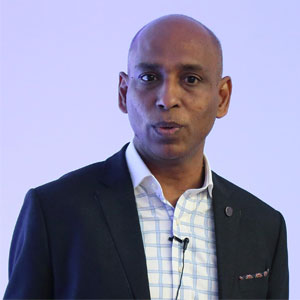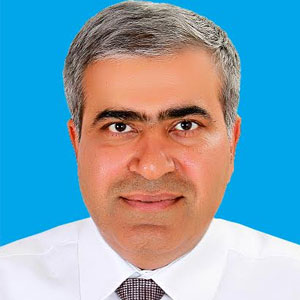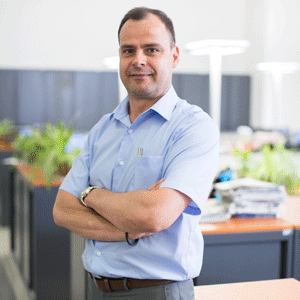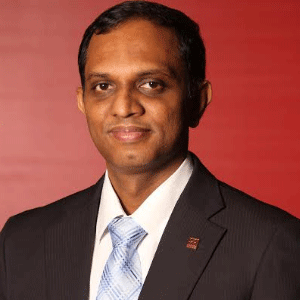THANK YOU FOR SUBSCRIBING

Realising the Return on IoT investment with Average Revenue Per Sensor
Jeevarathinam Ravikumar, VP Technology & Innovation, Singapore, Lloyd’s Register


Jeevarathinam Ravikumar, VP Technology & Innovation, Singapore, Lloyd’s Register
The momentum for IoT or IIoT has been ramping up in the past few years but monetizing IoT involves multiple stakeholders in the solution value chain. Most of the Digital Transformation strategies include IoT implementation as one of the major initiatives but the challenges still remain in maximizing the return on IoT investment. Varying perspectives on recognizing IoT investment either as capital expenses (CapEx) and/or operating expenses (Opex) with challenges in convincing the value proposition is delaying the decision making by the CFOs. Introducing a new term here, IoT investments require a convincing business models detailing the ARPSIOT scaling from a pilot stage to full blown production stage. ARPSIOT for a specific solution can be derived from the net return that includes the cost savings plus the revenue growth after taking into consideration of all the costs (Opex plus CapEx) of implementing and maintaining over the estimated duration divided by the total number of sensors in the solution. There is no one-size-fits-all IoT solution or application, well thought business model need to be developed depending on the industry verticals and the environment. Scope for IoT application and implementation is increasingly taking the centre stage of business transformation initiative coupled with digital transformation.
Deciding on CapEx and/or Opex depends on the need of the organisation whether IoT is to be implemented for running multiple applications, keeping in mind with mid- to long-term objective or a specific application for a specific use case. First step is to be very clear on the use cases for which IoT needs to be implemented. Once the use case is fully convinced with the derived value proposition including cost savings and revenue growth, second step is to estimate the cost of investment to arrive at the net return on IoT investment. Complexity in estimating the cost of investment increases with the scope and scale of implementation. Multiple technology options add to the complexity in deriving the right cost as there is no defacto standard is available especially for sensors and connectivity. Cost of the IoT building blocks depends on the following and it also helps to more accurately estimate the cost of investment so as to derive the ARPS • Sensors including Sensor area network • Connectivity • Platform • Security • Application development • Device ManagementDeciding on CapEx and/or Opex depends on the need of the organisation whether IoT is to be implemented for running multiple applications, keeping in mind with mid- to long-term objective or a specific application for a specific use case
Weekly Brief
I agree We use cookies on this website to enhance your user experience. By clicking any link on this page you are giving your consent for us to set cookies. More info
Read Also
Navigating Compliance Challenges in ESG AML and Digital Onboarding
A Vision for the Future: Automation, Robotics, and the Smart Factory
The Rise of Hyper Automation
Transforming Business Operations with Robotic Process Automation
Combining Automation with AI to Achieve Human-Like Interaction
Implementing RPA - 5 Ultimate Prerequisite
Incorporating the power of recognition into our vendors' sustainability journey
Elevating Guest Experience with Data





















